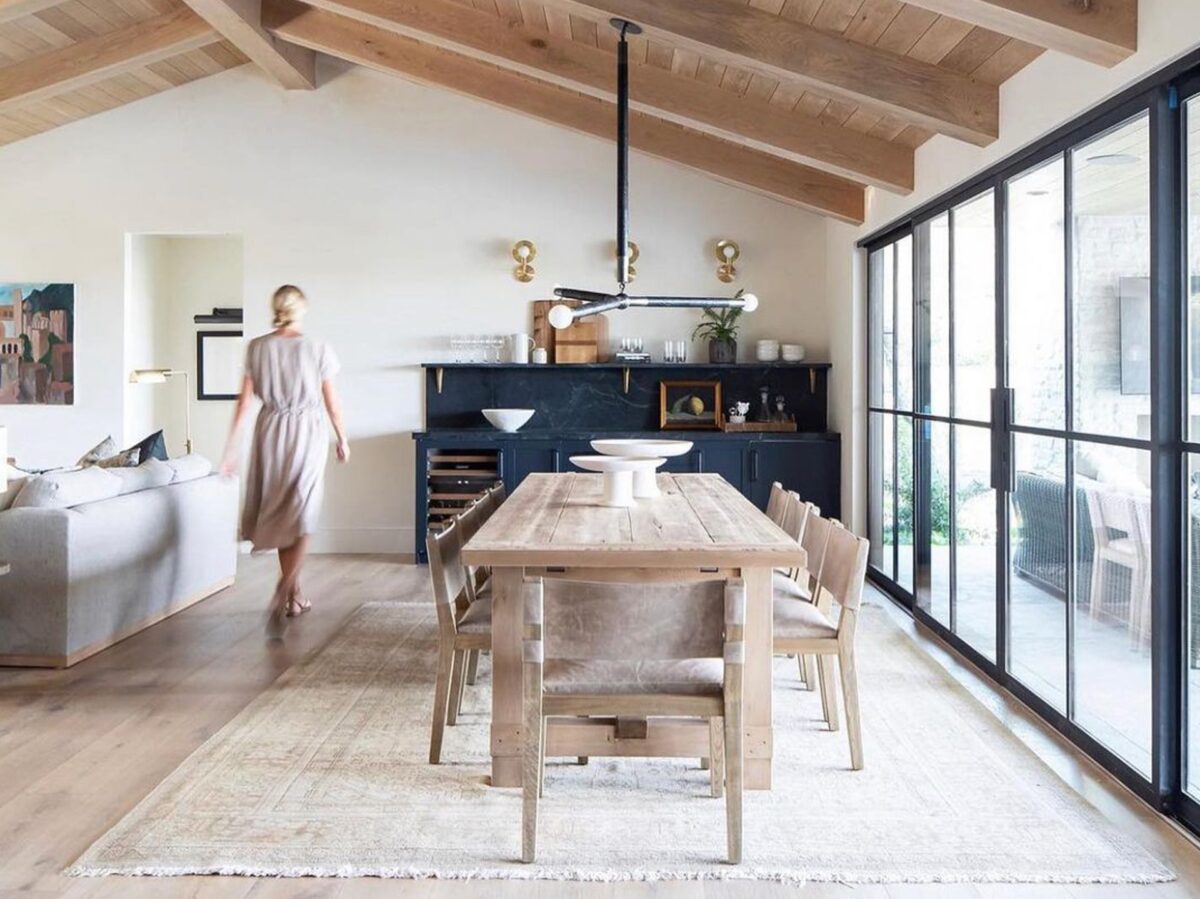Key Takeaways
- UL labels show that steel doors and windows are tested for fire safety. They tell you how long a door or window can stand up to flames and heat.
- Intumescent seals are a hidden hero in fire-rated doors. They expand in high heat to block smoke and flames from getting through.
- Fire-rated glass keeps spaces safe without losing natural light. Wired glass and ceramic glass can handle heat better than regular glass.
- Specialty doors like bi-fold and pivot doors can still be fire-safe. At Euroline, you can have stylish doors that meet strong fire codes.
- Correct installation is just as important as a strong door. Even the best fire door can fail if it’s not installed the right way.
If you’ve ever walked through a commercial building or even a modern home, you’ve probably seen steel windows and doors. They look sleek, they’re strong, and if they have a UL label, they could save lives in a fire.
At Euroline Steel Windows, we get a lot of questions about fire safety. People love our pivot doors and bi-fold doors for their timeless beauty, but when it comes to fire protection, looks aren’t enough. That’s where UL labels come in.
So, what’s a UL label? It’s a stamp from Underwriters Laboratories, a company that tests products to make sure they’re safe. For fire-rated doors and windows, this label tells you how long the product can stand up to flames and heat.
Why Fire Ratings Matter More Than You Think
Not all steel windows and doors are equal in a fire. Some can handle flames for 20 minutes, others for 3 hours. The difference? Materials, seals, and proper installation.
Here’s what UL tests check:
- Resistance rating: How long the door or window blocks flames.
- Temperature rise rating: How much heat gets through (important for glass doors).
- Smoke seals: Whether smoke can sneak around the edges.
Fun fact: A door with a 90-minute rating doesn’t just buy time—it helps stop the spread of smoke, which is often deadlier than flames.
The Secret Weapon: Intumescent Seals
Ever wonder how fire-rated doors stay sealed under heat? The magic is in intumescent seals. These strips puff up when they get hot, blocking gaps where smoke or flames could slip through.
We use these in our swing doors and double doors because:
- They expand at high ambient temperatures.
- They’re hidden, so they don’t ruin the door’s natural beauty.
- They meet strict code requirements for commercial buildings and homes.
Without them, even the strongest steel door could fail in a fire.
Glass Doors and Fire Safety
Lots of folks love glass doors for their natural light, but glass can shatter in the heat. That’s why fire-rated versions use:
- Wired glass: Mesh inside holds broken pieces together.
- Ceramic glass: Handles extreme heat without cracking.
Our steel windows and French doors with fire-rated glass keep spaces bright but safe. Bonus: They also control solar heat gain coefficient, so they’re energy-efficient too.
Specialty Doors That Don’t Sacrifice Safety
Want something unique, like bi-fold doors or pivot doors, but still fire-safe? It’s possible. We make specialty doors that meet UL standards, so you don’t have to choose between style and safety.
For example:
- Our bi-fold doors can have fire ratings for up to 60 minutes.
- Pivot doors (the kind that swing from the center) work great in modern homes and still block flames.
The key? Working with a company (like ours) that knows fire codes inside out.
How to Spot a Truly Fire-Resistant Door
If you’re a building owner or just upgrading your home, here’s what to look for:
- The UL label: Should list the rating (like “90-minute fire door”).
- Frame material: Steel is best; wood needs special treatment.
- Seals: Check for intumescent seals around the edges.
Warning: Some cheaper doors claim to be “fire-resistant” but lack real testing. Always ask for proof.
Why Installation Is Half the Battle
Even the best fire-rated doors won’t work if they’re installed wrong. Gaps, loose hinges, or bad seals can let flames through. That’s why we stress expert installation for every project.
Our team follows:
- UL guidelines for spacing and hardware.
- Local building codes (which vary by area).
- Best practices for smoke seals and framing.
Skip the DIY here. Fire protection isn’t where you want to guess.
A Quick Note on Building Codes
Rules for fire-resistant materials change often. In many places:
- Commercial doors need hourly ratings (like 60 or 90 minutes).
- Exterior doors in wildfire zones have extra rules.
- Schools and hospitals often require wired glass or ceramic.
We keep up with these shifts so your doors pass inspection.
At Euroline Steel Windows, we believe safety and style can go together. Our wide range of steel windows and doors—from French doors to pivot doors—meet the toughest fire standards without sacrificing natural light or design.
Need fire-rated specialty doors or windows? Talk to us. We’ll help you pick the right product that blocks heat, fits your space, and—most importantly—keeps people safe.
(No jargon, no pressure. Just solid advice from a team that’s been doing this for years.)


